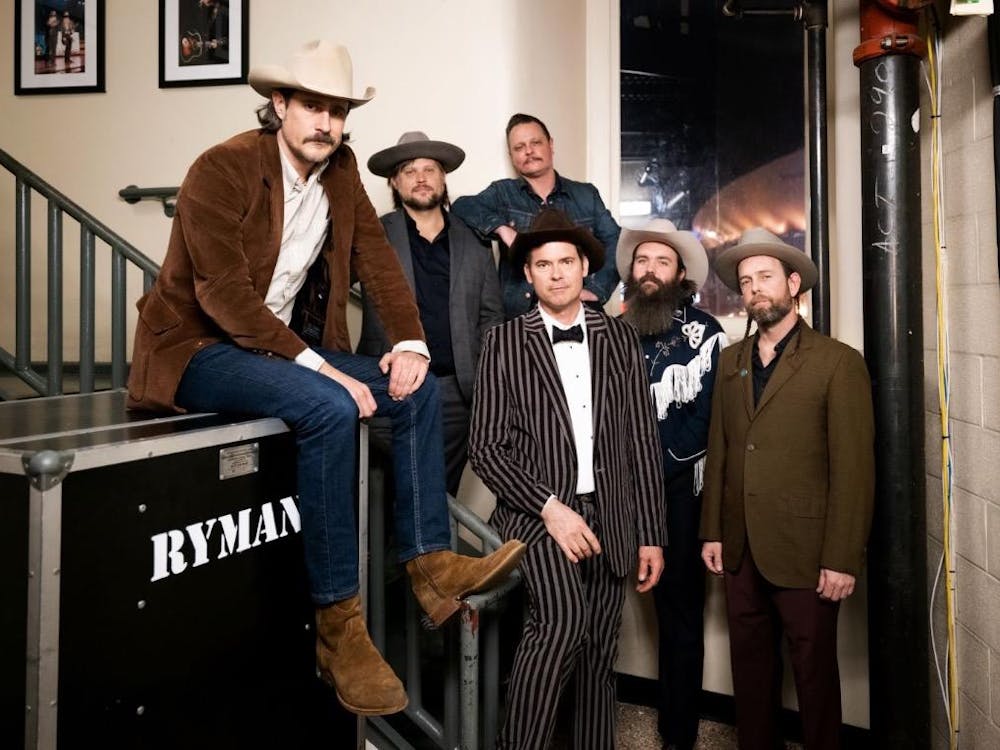This article contains spoilers for “Unpregnant”
“Unpregnant,” based on Jenni Hendricks’ and Ted Caplan’s novel of the same name is directed by Rachel Lee Goldenberg and serves as the latest coming-of-age flick of 2020. The film, which dropped on HBO Max Sept. 10, centers around Veronica (Haley Lu Richardson), a 17-year-old girl living in Missouri who gets pregnant and enlists her ex-best friend, Bailey (Barbie Ferreira), on a journey for an abortion. Obviously, the politics surrounding abortion are intense in this country. Just the premise behind this movie is enough to set off a wave of controversy — the official trailer HBO posted has over 4,000 more dislikes than likes, and the comment section is rough. This being said, you would have expected the film to have a serious and heavy grand message, but ultimately “Unpregnant” couldn’t have been more the opposite.
While the plot is centered around Veronica’s abortion, its real focus is her fractured friendship with Bailey and the unexpected journey that brings them together again. The two were best friends in early childhood, but now, in high school, they have drifted apart. Veronica is a popular girl at the top of her class with a popular boyfriend and ambitions to go to Brown. Bailey, on the other hand, is a gamer who says what’s on her mind and sits alone every day for lunch. As they embark on their weekend quest to New Mexico — the closest state where it’s legal for a minor to get an abortion without parental consent — they discover that their history and love for each other are far more important than the petty reasons their relationship had fallen apart.
The film is first and foremost a story about female friendship — two young women coming together to help one another, despite some pretty big differences. It is filled with awkward-turned-sweet moments of Veronica and Bailey on the road, and the obstacles they encounter along the way. Obstacles ranging from running from the police, hitchhiking with random teen boys, attempting to jump a train, going to a state fair and a host of other antics.
Throughout all of the chaos, the one thing Veronica and Bailey don’t worry about is whether or not to go through with the procedure. It is understood from the start of the movie that Veronica’s boyfriend and parents are not okay with her getting an abortion. Veronica herself is clearly frightened of what she’s doing — she is not able to schedule the appointment by herself or even say the word “abortion” until the end of the movie. However, she never once questions that it is the right choice for her.
After their long and tiring journey, which involved falling outs, reconciliation and standing up to Veronica’s controlling boyfriend, Kevin, who’s determined to marry her, she gets the abortion. When she finally gets home and sees her mom, Veronica tells her that even though she knows they’ll never agree on her decision, it was hers to make, and she doesn’t regret it.
“Unpregnant” doesn’t frame abortion as something controversial. There is no moral question, no sudden urge to be a mother and no guilty conscience. The creators behind this movie are obviously pro-choice, but the point wasn’t to show abortion as something good or evil. Rather, it is something Veronica has to do for herself, and you root for her the whole movie.
Showing abortion in a normalized way that is not overly sad or dramatic is important because it is true to real life. One in four American women have an abortion before the age of 45, according to Planned Parenthood. It’s something that is happening all the time but has an extremely negative connotation. This movie takes away all of these connotations and simply tells a story.
Although the film goes in many different directions, it never strays away from its main message — it shouldn’t be this difficult to get an abortion. One of the biggest obstacles the girls face on their trip is getting semi-kidnapped by an extremely conservative couple who happen to overhear Bailey making the clinic appointment. The couple offers them a ride and pretends to be ignorant of their plans. Veronica and Bailey fall asleep in their car and wake up outside a house in the middle nowhere. The girls have breakfast with the couple but it soon becomes apparent something is off. When Bailey finds an office covered wall to wall in pro-life posters, the girls make a run for it and the husband races after them in a van with a giant baby face on the side. Everything about this scene is hilarious and clever. From the suspenseful music used to the way the husband and wife get progressively creepier — it is like a horror movie spoof.
The villains of the story — those who root against Veronica — are caricature-like. The film uses this interesting strategy to show that prejudice against a woman’s right to choose is wrong without being too direct about it. Kevin, for example, is awful. He stalks her throughout the movie and repeatedly attempts to convince her not to go through with the procedure through lying and manipulation.
Structure-wise, the movie has a lot packed into it without a lot of time to explore everything. Bailey has a subplot with her absent father that feels rushed, and there is a short-lived romantic scene between her and a random drag racer in a ball pit. Due to the story’s main focus being on Veronica, the details of Bailey’s life are thrown in without much context. In addition to the emotional baggage of both characters, the road trip itself is jammed packed. It is difficult to believe they went through everything they did in just two days. However, even though it makes for a bit of a messy plot and strange pacing, it serves a purpose.
The actual abortion scene at the end of the movie is the most slow and calming part of the film. The nurse explains to Veronica everything that happens in the procedure and then the camera cuts to Veronica walking out, taking a deep breath and saying she feels relieved. Compared to the rest of the chaos throughout the trip, the abortion is the most normal moment of the movie.
In closing, “Unpregnant” is a refreshing take on the classic teen movie that is powerful in its unceremonious way of handling one of the most hot-button issues in America. Showing abortion as a normal occurance makes it seem less controversial. However, “Unpregnant” doesn’t just shove their message in the viewers' faces, it builds a relatable story around it. The best way to change minds is with actions, not words. The more that movies such as this one are made, the more comfortable people will feel reconsidering their opinions and confronting issues they are scared of.







